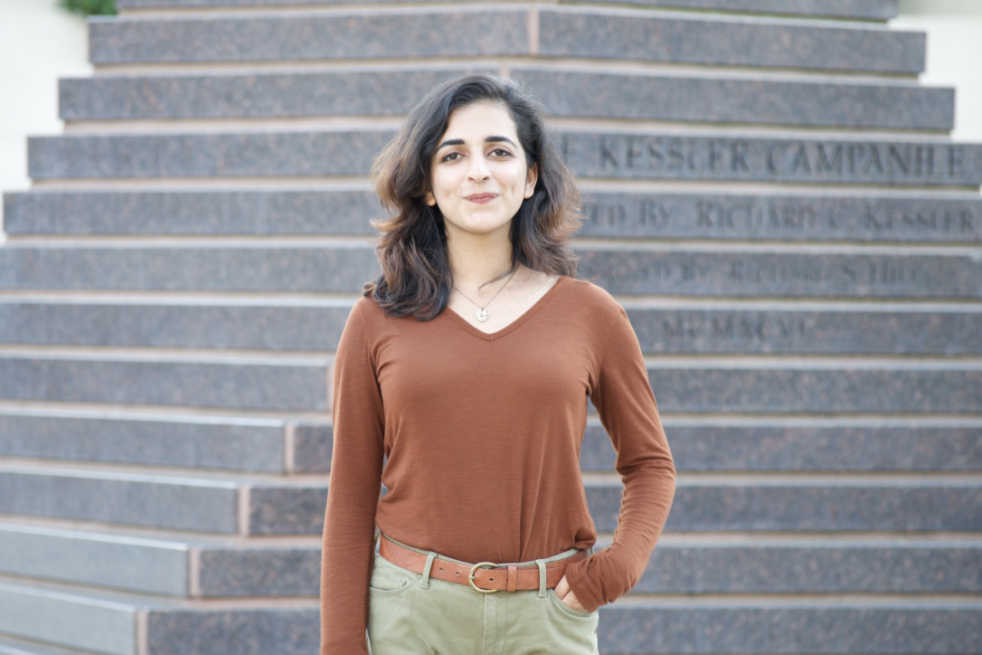At the New York World’s Fair of 1939, General Motors’ “Futurama” — an exhibit depicting what was then hoped to be the future of America — garnered a lot of attention. The future promised a lifestyle secure in placid suburbia, private car ownership and a sprawling network of highways. They were sign of progress. Their purpose was to solve America’s traffic problems and better connect the nation as a whole while also providing individualistic “liberties,” such as car ownership.
Norman Bel Geddes, the man who designed the exhibit, wanted the roads to “adhere to four basic principles of highway design: safety, comfort, speed and economy.” In short, efficiency for the individual rather than service for the community. His words signify the biggest problem in the way that planners, developers and government officials thought of the freeway system of the future. Their vision did not include everyone.
After the Highway Act of 1956 was passed, federal funds were used to build freeways through cities to improve transportation across the nation. Although the funding was provided by the federal government and final planning decisions were made by the Federal Highway Authority, local elected officials were consulted about the exact routes the roads would take through cities. It is not surprising that these groups consisted almost exclusively of middle-class, white men. The construction took place around the same time as urban renewal laws gave cities the authority to demolish slums and “blighted” housing.
Urban America was to be transformed. Over the next 10 years, about 37,000 urban housing units were demolished every year to make way for the cities of the future. Considering the zeitgeist of the time, it is no surprise that the majority of the dislocated were low-income, black families who had moved into inner cities in the wake of the war. For cities that were already informally segregated along racial divides, many freeways cemented those divides, carving them into the map.
Averse to pedestrians and public transit, they formed barriers between middle and upper-class white neighborhoods and minorities as affluent white people fled in search of suburban utopia.
Although the interstate freeways certainly were not the cause of informal segregation, they certainly exacerbated an existing problem, leading to the birthplace of the modern ghetto.
Perhaps the greatest examples of this are the designs of city planner Robert Moses, the man behind the Cross Bronx Expressway in New York City. Moses planned for the Expressway to cut straight through the Bronx, even though several alternate routes would have been less divisive and equally viable. The expressway hindered mobility between the two sides and led to the eventual decay of the South Bronx. The highways became barriers, closing off one part of the city from the other.
In order to fully understand and resolve the social issues that are faced by modern cities, it is important to understand discriminatory infrastructure.
In Boston, the Central Artery highway cutting through the city was demolished and was rebuilt underground directly below. Another highway in Seattle, Alaskan Way, was damaged in the Nisqually earthquake in 2001. When plans for renewal were drawn, engineers decided to take the roads underground instead, allowing the space left by the demolished roads to be utilized for public development.
Several other cases for renewal across the country deal with shifting highways underground or replacing them with boulevards while simultaneously increasing funding for public transport. These developments are meant to achieve the same goal: to increase mobility, allow for the development of public spaces and better integrate communities.
